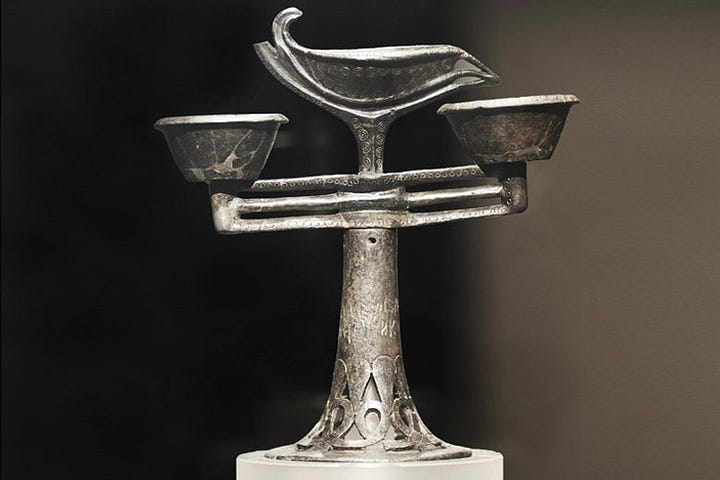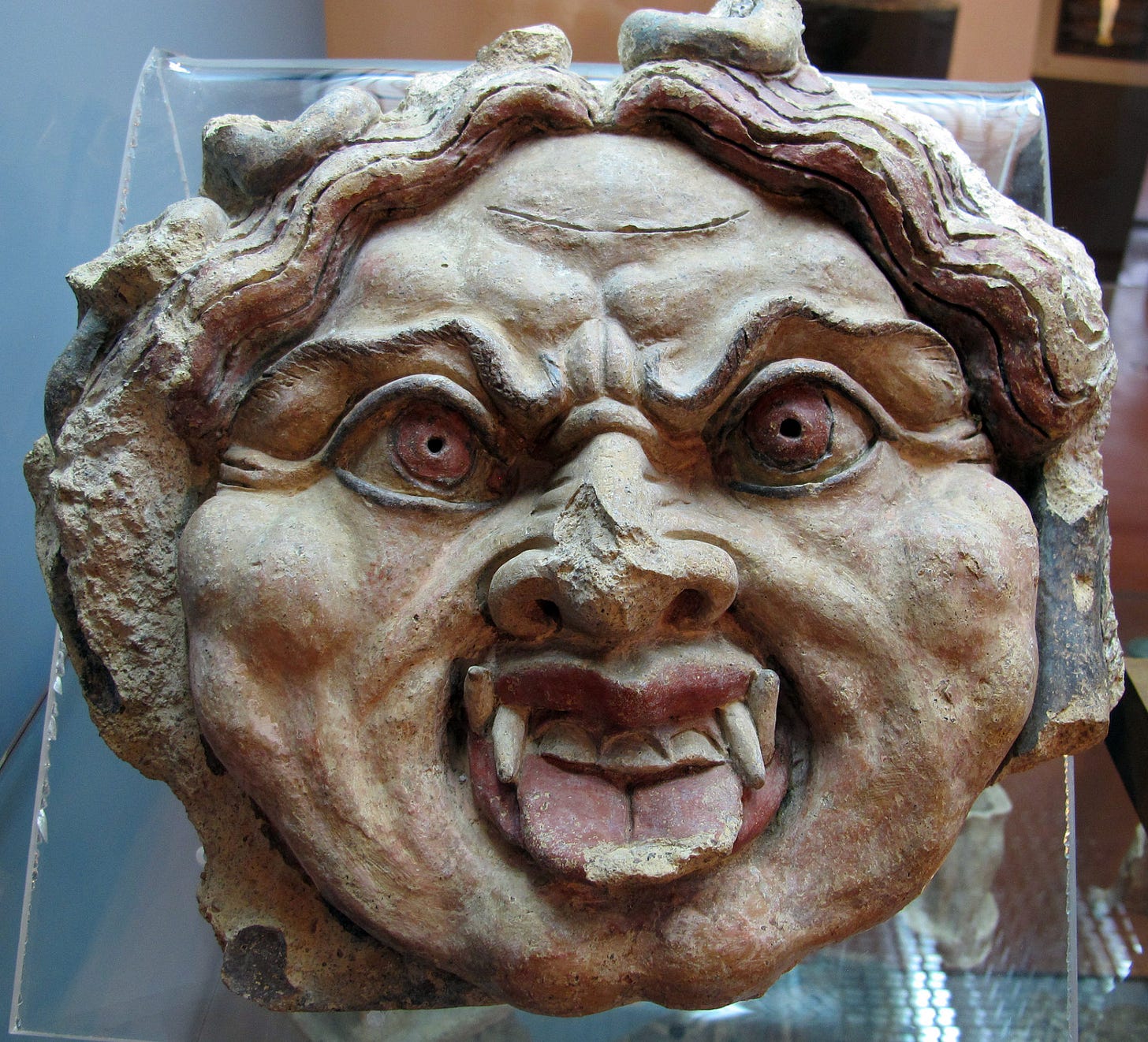Fresh Batch #96: Dismantling the Demaratian Narrative of Greek Influence
Sardinia, Sicily, Rome, Etruria, and Italy
As we continue to explore locations I suspect are remnants of an ancient universal maritime empire, I will continue to dispel the notion that Italians descended from Greeks. Though Italy was a hub of the world, and many races have lived there and made it their home, there is an indigenous Italian system responsible for the civilization of the world over the last several thousand years. Grant wrote (The Etruscans, p. 238), “Yet, as I have argued, it is misleading to insist too strongly on the Greekness of Etruscan art. The near-eastern component complicates the matter. As we have seen, it was apparently introduced in two ways: first, through the mediation of the Greeks at a time when this ‘orientalizing’ tendency formed an important element in their own art, and, secondly, to some extent, by direct contacts with the Phoenicians and their outposts and offshoots. Whatever the relative proportions of goods and motifs that reached the Etruscans through these two channels, it remains indisputable that the Etruscans, partly because of this near-eastern element and partly because of their own temperaments and tastes, transformed the Greek influences to which they were subject into something coarse and vigorous and gay, sometimes eerie and grisly, but always un-Greek and un-classical.


“Considerably un-Greek, also, was the architecture of the Etruscans, including the temples and tombs they constructed for their un-Greek religion. They possessed widely recognized, distinctive gifts of their own, notably for medicine and music. Their way of life, too, was different. This was at once noticeable in their personal appearance; the upper class dressed and wore their hair differently from the Greeks. The position of their women was also far freer. Nor did the vertical pattern of the society of the Etruscans follow Greek or Roman norms. They never developed, to anything like the same extent, social groups spanning the gulf between aristocracy and serfs; that was one of the main reasons why they were liable to paralytic internal strife, which meant that they eventually failed to compete with Rome.

“The most famous of their differences from Greece and Rome was in the character of their language, which does not seem to have possessed an Indo-European structure. Its peculiarity astonished the Greeks and Romans, though the populations of no less than half of Italy spoke non-Indo-European languages, and had spoken them, in some cases, before the others arrived.”






Grant also addressed Herodotus’s nonsense claims about the origin of the Etruscans (Ib. p. 239), “Herodotus quoted a story from Lydia in western Asia Minor indicating that the Etruscans originally came from that country; but the story is based on etymological analogies which are fictitious and demand its rejection. Besides, archaeological evidence confirms that the cultural links of the Etruscans with the Lydians were comparatively sparse and unimpressive. The emphasis in Etruscan art and customs is far more on features emanating from Phoenicia and Syria than from Lydia or other zones of internal Asia Minor. Accordingly, when Dionysius of Halicarnassus, in the first century BC, flatly denied that the original Etruscans had come from Lydia, pointing out that their laws and religious and other institutions were entirely different, he was right.”
Not bad for someone who’d probably consider me a chauvinistic Italian on account of my adamancy for the indigenous nature of Etrusco-Phoenicians. What if Etruscan art is not coming from Phoenicia or Syria, but rather, they are the Phoenicians and the art found around the world is coming from them? The ability to date things is not as reliable as the status quo makes it out to be.

If you’d like to learn about the Phoenicians and the inspiration of what made me realize they are the indigenous Italians who are responsible for the central-European phenotype, the known alphabets, and religious systems, dive into The Holy Sailors (click the image).
Become a member to access the rest of this article.
Keep reading with a 7-day free trial
Subscribe to Ancient History, Mythology, & Epic Fantasy to keep reading this post and get 7 days of free access to the full post archives.





